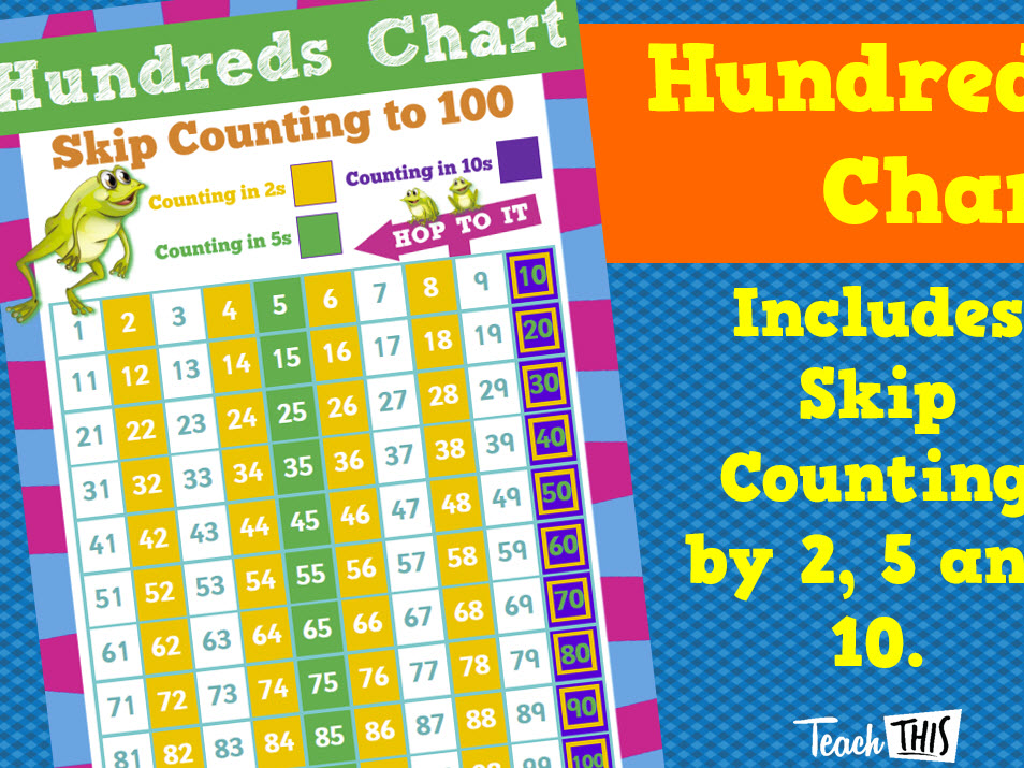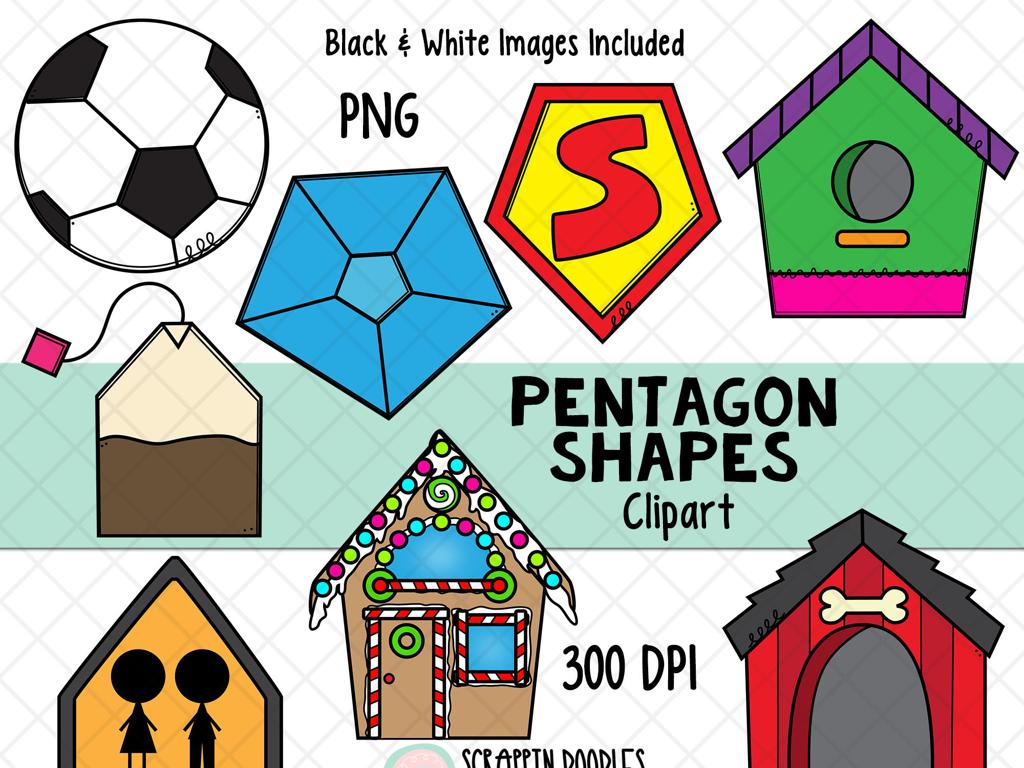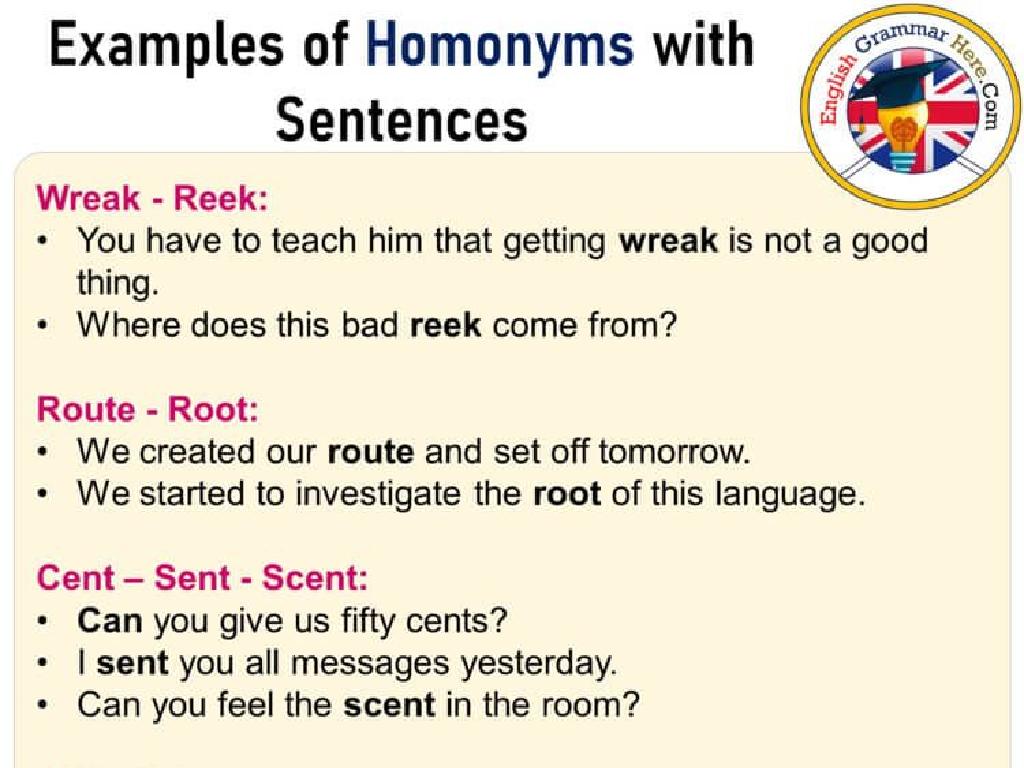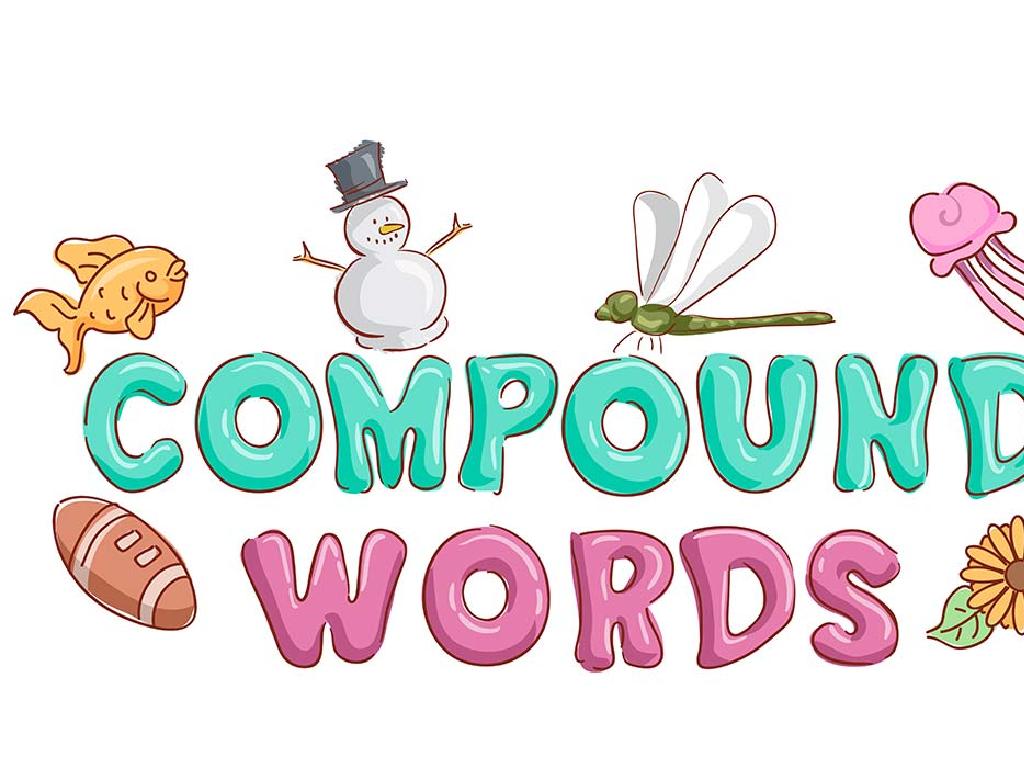Income And Payroll Taxes: Understanding Pay Stubs
Subject: Math
Grade: Fifth grade
Topic: Financial Literacy
Please LOG IN to download the presentation. Access is available to registered users only.
View More Content
Introduction to Financial Literacy
– What is Financial Literacy?
Understanding money management, saving, and investing.
– Importance of money understanding
Helps with making smart money choices now and in the future.
– Exploring Income & Payroll Taxes
Taxes taken from your income by the government.
– How taxes affect your pay
Taxes reduce your take-home pay, but fund public services.
|
Begin the lesson by defining financial literacy as the ability to understand and effectively use various financial skills, including personal financial management, budgeting, and investing. Emphasize the importance of financial literacy in making informed money decisions, which is crucial for their future. Introduce income and payroll taxes as part of the lesson, explaining that these are mandatory contributions taken from one’s earnings to support government programs and services. Highlight how understanding taxes is a key component of financial literacy, as it affects their future paychecks and budgeting. Engage the students with examples of public services funded by taxes, such as schools and emergency services, to make the concept relatable.
Understanding Income
– What is income?
– Money received, usually from work
– Types of income: wages, salaries, tips
– Wages: hourly pay; Salaries: fixed pay; Tips: extra money for services
– Income as work reward
– Money earned for doing a job or providing a service
– Importance of earning income
|
This slide introduces the concept of income to the students. Begin by defining income as the money that people earn from working. Explain the different types of income such as wages (money earned based on hours worked), salaries (a set amount of money earned annually), and tips (extra money given for services). Emphasize that income is the reward people receive for their labor or services provided. Discuss why earning income is important, such as to pay for necessities, save for the future, and enjoy leisure activities. Use relatable examples like earning an allowance for doing chores or receiving money as a birthday gift to illustrate the concept of income for fifth graders.
Understanding Pay Stubs
– What is a pay stub?
– It’s a note you get with your paycheck showing what you earned and what was taken out for taxes.
– Key pay stub details
– Gross Pay: total earnings; Net Pay: what you actually get; Deductions: taxes and other withholdings.
– Reading a pay stub
– Look at the numbers next to each term to see how much you earned and how much tax was taken out.
– Practice with a sample stub
– We’ll look at a pretend pay stub together and figure out each part.
|
This slide introduces students to the concept of pay stubs, an essential part of financial literacy. Begin by explaining that a pay stub is a document that accompanies a paycheck, detailing the amount earned and taxes deducted. Highlight the importance of understanding gross pay, net pay, and deductions. Teach students how to read a pay stub by identifying these key components and understanding the difference between their gross earnings and the net amount they receive after taxes and other deductions. Use a sample pay stub to walk through each section, ensuring students can identify and understand each part. Encourage questions and provide real-life examples to solidify their understanding.
Understanding Taxes: Their Role & Types
– What are taxes?
– Reasons for paying taxes
– Taxes fund public services like schools, roads
– Taxes’ role in society
– Taxes support community and government functions
– Difference: Federal vs. State Taxes
– Federal taxes cover national programs, state taxes fund local projects
|
This slide introduces the concept of taxes to students, explaining their importance in funding various public services and the functioning of society. It’s crucial to highlight that taxes are mandatory contributions to state and federal governments. Discuss how taxes support schools, healthcare, infrastructure, and other community services. Differentiate between federal taxes, which fund national defense, social security, and more, and state taxes, which might pay for local parks, community programs, and state roads. Use relatable examples to help students understand how taxes impact their daily lives and the services they use.
Payroll Taxes Explained
– What are payroll taxes?
– Mandatory taxes taken from your paycheck
– Types: Social Security & Medicare
– Funds retirement benefits & healthcare for elders
– Payroll taxes & public services
– They fund roads, schools, and emergency services
– Understanding your pay stub
|
This slide introduces students to the concept of payroll taxes and their role in society. Payroll taxes are mandatory deductions from an employee’s paycheck that go towards funding government programs such as Social Security and Medicare. Social Security provides financial assistance to retirees, while Medicare offers healthcare support to the elderly. These taxes also contribute to public services that benefit the community, such as infrastructure and education. It’s important for students to understand that the deductions on their pay stubs are contributing to the greater good of society. Encourage students to look at a sample pay stub and identify the different taxes deducted. Discuss how these contributions support various public services they use every day.
Calculating Taxes on Income
– Learn about tax brackets
– Tax brackets determine the tax rate based on income
– Steps to calculate taxes from income
– Example: $500 weekly paycheck
– If $500 falls in the 10% tax bracket, taxes would be $50
– Practice with different incomes
– Try calculating taxes on different amounts to understand better
|
This slide introduces students to the concept of tax brackets and how to calculate the amount of taxes from income. Begin by explaining that the government uses tax brackets to decide how much tax each person pays, which changes depending on how much money they make. Then, guide students through the steps to calculate taxes from income, using a relatable example such as a $500 weekly paycheck. Show them how to find the tax bracket for the income and then how to apply the tax rate to calculate the total taxes. Encourage students to practice with different income amounts to solidify their understanding. This exercise will help them grasp the basics of income taxes and prepare them for real-life financial literacy.
Class Activity: Decoding a Pay Stub
– Review a sample pay stub as a class
– Identify key parts: Gross Pay, Deductions, Net Pay
– Gross Pay: total earnings before deductions. Deductions: taxes, insurance. Net Pay: what you actually receive.
– Calculate tax percentage from income
– Use division to find out what percent of Gross Pay is taken for taxes.
– Discuss the importance of understanding pay stubs
|
This activity aims to familiarize students with the components of a pay stub, an essential aspect of financial literacy. Start by reviewing a sample pay stub, pointing out each section. Explain Gross Pay, Deductions (including taxes, social security, and healthcare), and Net Pay. Then, guide students to calculate the percentage of Gross Pay that is deducted for taxes. This will involve dividing the tax amount by the Gross Pay and multiplying by 100 to get a percentage. Emphasize the real-life application of this skill in budgeting and understanding their earnings in future jobs. Possible activities: 1) Students could compare different pay stubs to see how deductions can vary. 2) They could also calculate how an increase in Gross Pay affects taxes. 3) Role-play with students acting as employers and employees discussing pay stub details. 4) Create a mock store where students can ‘spend’ their Net Pay. 5) Have students reflect on the importance of deductions and how they contribute to society.
Interactive Exercise: Create Your Pay Stub!
– Create a mock pay stub
– Choose a job and set a salary
– Imagine being a teacher, doctor, or artist
– Calculate deductions
– Subtract taxes like federal, state, and Social Security
– Determine your Net Pay
– Net Pay is your salary after deductions
|
This interactive activity is designed to give students a practical understanding of pay stubs and the concept of net pay. Start by explaining what a pay stub is and its importance. Then, guide students to choose a job they’re interested in and help them decide on a reasonable salary for that job. Next, walk them through common deductions found on a pay stub, such as federal and state taxes, Social Security, and Medicare. Show them how to calculate these deductions to find out their net pay. This exercise will help students grasp the basics of income and payroll taxes in a hands-on manner. For the activity, provide a simple template of a pay stub for students to fill in, and offer examples of different salary levels and the corresponding deductions.
Understanding Your Pay Stub: Recap & Questions
– Recap: Income & Payroll Taxes
– Why pay stubs matter
– It’s important to know where your money goes and how much you actually earn.
– Review key pay stub terms
– Gross pay, net pay, federal tax, state tax, Medicare, and Social Security.
– Time for your questions!
|
As we conclude, revisit the main points about income and payroll taxes, emphasizing the significance of understanding deductions on a pay stub. Explain that a pay stub provides details on earnings and the various taxes withheld, which is crucial for budgeting and financial planning. Review key terms like gross pay, net pay, and specific tax deductions. Finally, encourage students to ask questions about anything they’re unsure of, fostering an interactive environment where they feel comfortable to seek clarification. This will help solidify their understanding of the topic.
Homework: Pay Stub Exploration
– Take home a pay stub worksheet
– Practice reading and calculating
– Use the worksheet to calculate net pay
– Note down any questions
– Write questions about parts you don’t understand
– Share your findings next class
|
This homework assignment is designed to reinforce the day’s lesson on understanding pay stubs. Students are provided with a worksheet that simulates a real pay stub, including details such as gross income, deductions, and net income. They are tasked with reading the pay stub and performing calculations to better understand how gross pay is converted into net pay after various deductions. Encourage students to write down any questions or areas of confusion as they work through the worksheet. These questions will be addressed in the next class to ensure a solid understanding of the topic. Provide examples of common deductions such as federal tax, state tax, and social security to guide their calculations.






